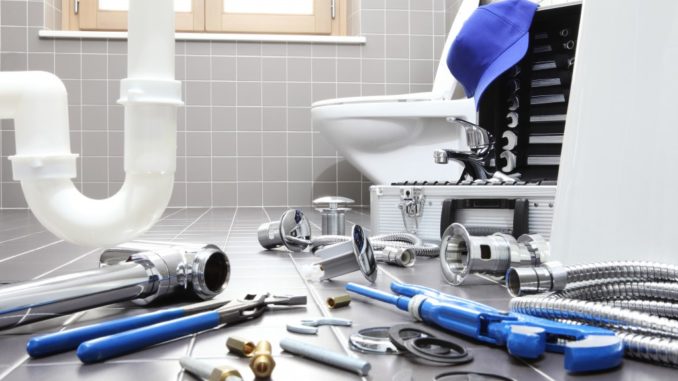
Plumbing leaks are unfortunately all too common an occurrence in residential properties. Most homeowners have taken what they think is the best insurance policy to cover their costs in case of property water damage from leaks. They will also invest in prevention techniques for leaks and sort out clogs as soon as they occur.
There are filters fixed over kitchen and bathroom sink drains to sieve the bulky debris that might cause a clog when pushed into your drain. Store-bought drain cleaning products also form part of the arsenal for averting and sorting clogs in most homes in Sandy. What most homeowners fail to appreciate is that these products are the primary ones that cause most of the plumbing issues you will face later since they erode the inner lining of your pipes.
One distressing impact of the deterioration of your pipes is a leaking toilet. This arises from the decay of the watertight cover between the flange and toilet. In these cases, the seal will need replacement with one of the following seal types.
Wax Ring
This is a doughnut-shaped wax ring. When set on the flange’s top, the toilet’s weight will press the wax and in so doing generate a watertight seal. The wax rings work best for toilets that sit not less than ¼ inch above the toilet’s floor. There is a variation of this seal known as the wax ring with sleeve. This is ideal for flanges less than a 1/4 inch above the toilet floor. It is somewhat bigger compared to the basic wax ring.
Sponge Gasket
This resembles a variation of the wax ring called the felt wax ring. The felt wax ring is designed for wall and floor installations since the felt keeps the seal from slipping. Sponge gaskets are meant for wall applications like urinals. Their naming is mostly a misnomer since the seals are made from silicone or solid rubber. These materials will maintain flexibility and accommodate any changes in your toilet that contribute to the leaks.

Waxless Gaskets
Wax-free gaskets are made from durable materials like rubber. They nonetheless feature deep-seal flanges like other alternatives that make them ideal for floor installations. Moreover, with the waxless gasket, a replacement of the flooring around the seal or the supply valve is not necessary.
Waxless foam gaskets
These are made of a soft foam that has better flexibility compared to rubber gaskets. They have thus recently become the leading choice for fixing loose toilet seals. Waxless foam gaskets can be stacked severally if your toilet’s flange is too deeply set into the floor. Alternatively, you can have one foam gasket for a flange installed 3/8 inches above or below the floor.
Most DIYers would rather get the above seals from a hardware store and replace them than pay a professional to do so. Toilet seal replacement, after all, sounds like a simple repair project of getting rid of the faulty one and replacing it.
Unfortunately, seal replacement for your toilet is not so easy. Furthermore, a professional plumber, unlike you will first assess your toilet’s condition to ascertain the cause of your leaking toilet before picking the right seal for it.
